We have focused on Gucci, which lives the Italian dream and makes this fashion dream for all fashion lovers. Discover all the details about Gucci, which introduces Italian fashion to the whole world with the most detailed designs.
The name Gucci may come to your mind as a successful image that Alessandro Michele first conveyed with his dreams. Or maybe you remember Tom Ford’s scandalous silhouettes and surprising advertising campaigns. But before these marquise designers took over the show, Gucci was a humble leather store.
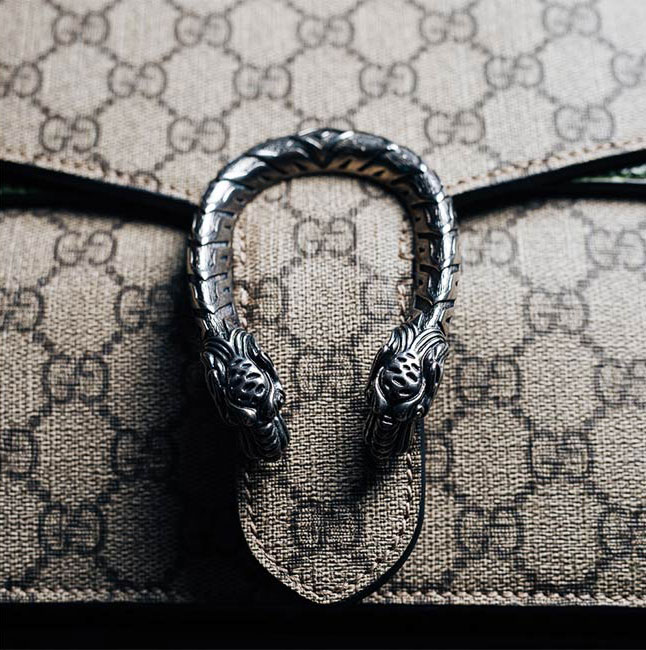
A Passionate Italian: Guccio Gucci
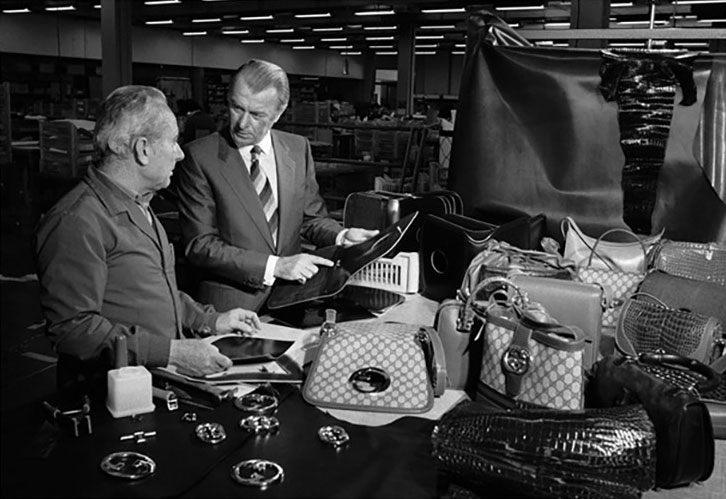
Born on March 26, 1881, to a simple Italian leather manufacturer, Guccio Gucci first fell in love with glamorous suitcases when he was working as a carrier at the Savoy Hotel in London, through visitors from all over the world. After a while, he returns to Florence, to his family roots and starts working at the luxury suitcase brand Franzi. Guccio, who improved himself over the years and learned the craft from his masters, opened his own leather goods store in 1921.
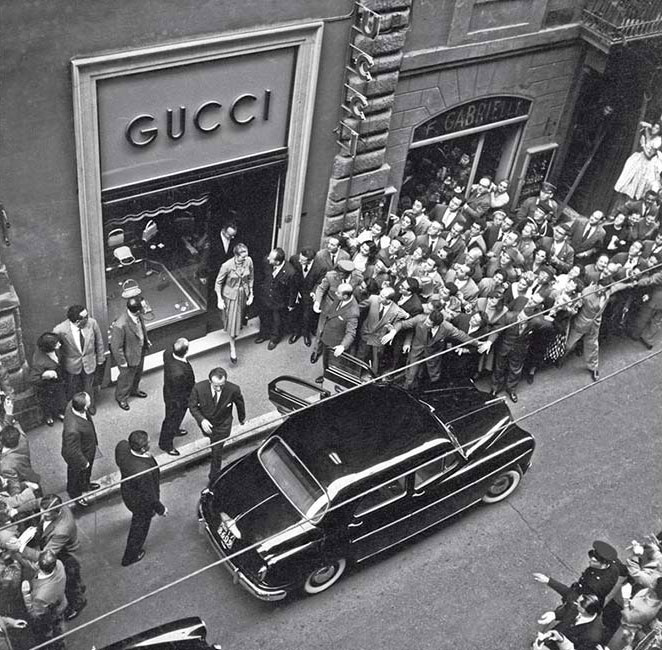
Initially, Gucci’s core business was to produce saddles and accessories for horse riders, always using the finest Italian leathers. His designs gained such popularity that he gained admirers from the elite of the world, including English aristocrats. Even in Gucci’s designs today, the horseshoe detail carries the legacy of those days.
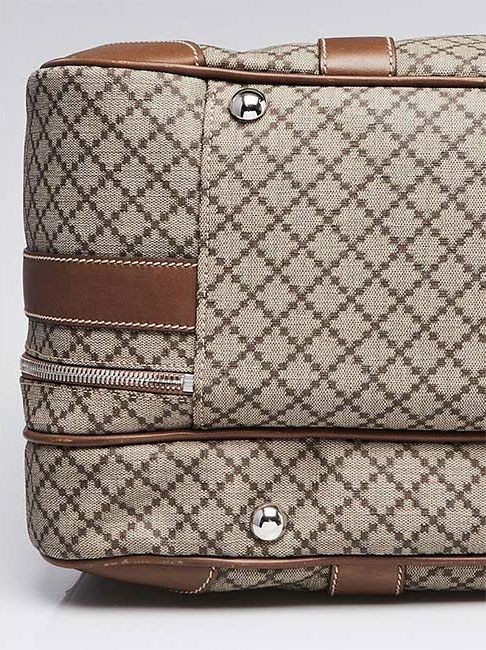
Guccio encourages his three sons, Aldo, Vasco and Rodolfo, to join the company, and from 1938 the brand’s presence extends to Rome and Milan. Gucci, whose leather supply became difficult in the 1930s due to the embargo on Italy, begins to work on alternative fabrics; These experiments also lead to the emergence of the first signature pattern: interlocking dark brown diamonds woven on hemp fabric.
The iconic Bamboo Bag was born in 1947 in similar circumstances. Gucci craftsmen As they search for new materials at the end of World War II, they discover that they can use Japanese bamboo to make unique bag handles. With its unique and patented processing method, bamboo handles become a design synonymous with Gucci.
In 1953, 15 days after Gucci’s first New York store opened, Guccio died. Despite this untimely loss, the brand will be highly sought after by American customers.
Iconic Designs
The 10 years after Guccio passed away is called the golden age of Gucci.
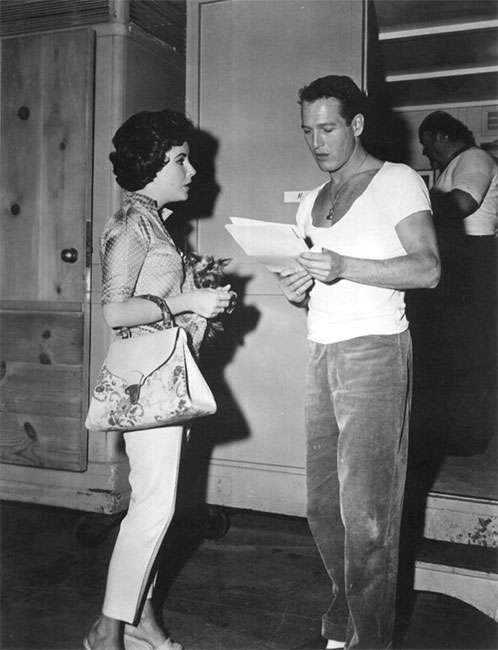
Bamboo Bag, which has a unique appearance with its design, is among the indispensables of Elizabeth Taylor.
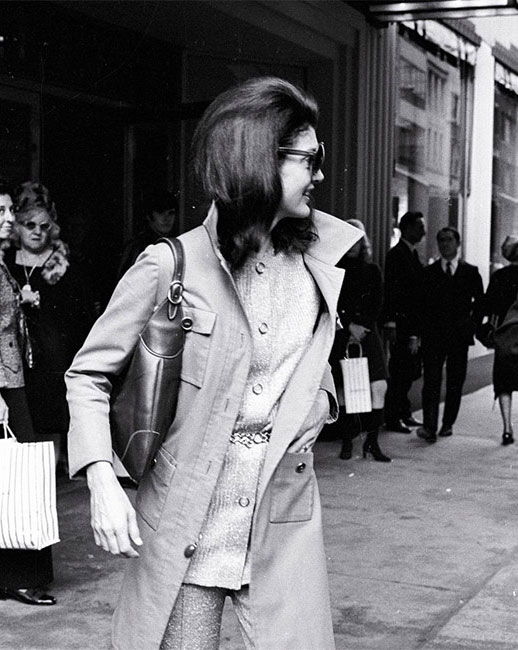
The O-handle bag, which gives a saggy appearance thanks to the soft leather that Jackie Kennedy enjoys wearing in her daily life, is called Jackie-O.
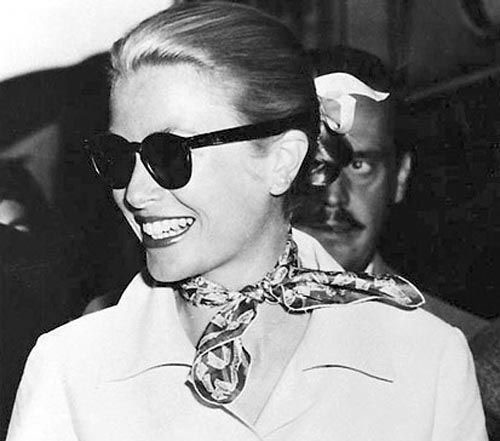
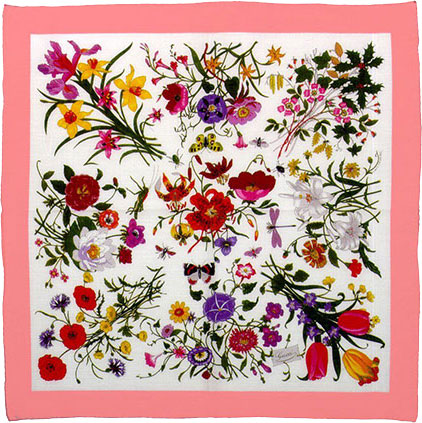
When Grace Kelly comes to the Gucci store to buy Bamboo Bag, Rodolfo Gucci also asks Italian illustrator Vittorio Accornero to design a floral scarf for him to show his gratitude. Flora, a pattern in which 43 different flowers, plants and insects come together with 37 different colors, becomes one of Gucci’s signatures.
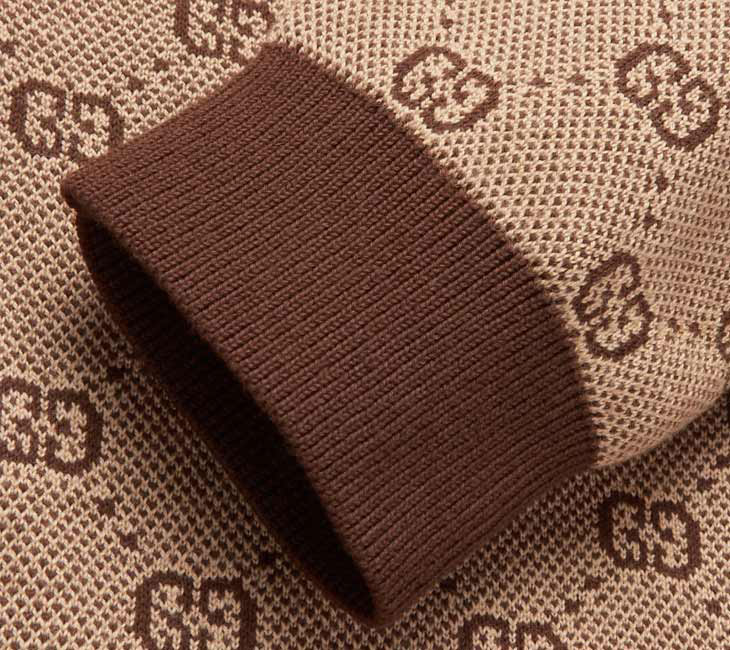
Also around this time, the emblem designed with two Gs facing each other in memory of Guccio Gucci is introduced as the brand’s new logo.
The end of the Golden Age
Although in the 1970s the brand turned east and took root first in Tokyo and then in Hong Kong, endless quarrels between the Gucci brothers drove the brand into bankruptcy, even though the first ready-to-wear collection was introduced in 1981.
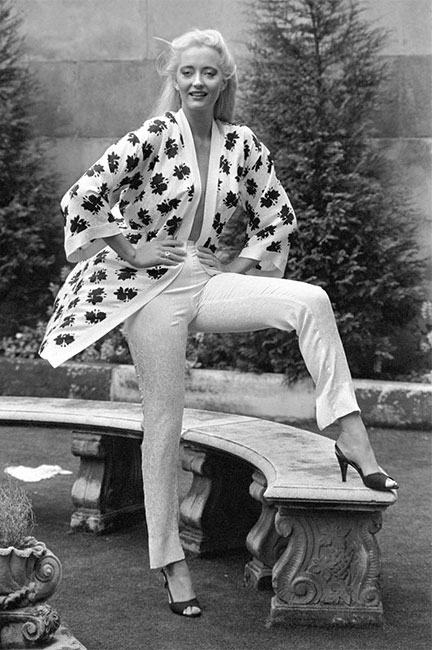
In the name of the revival of Gucci, former Bergdorf Goodman president Dawn Mello took the creative director’s chair in 1989 and formed a team. Richard Lambertson’s design director, Meil Barrett’s men’s designer and Tom Ford’s women’s ready-to-wear designer, this team, although they bring the original Gucci ‘horseshoe’ loafer model to life with rainbow colors, they cannot achieve a success and The process ends with Mello’s return to Bergdorf in 1994.
A true savior: Tom Ford
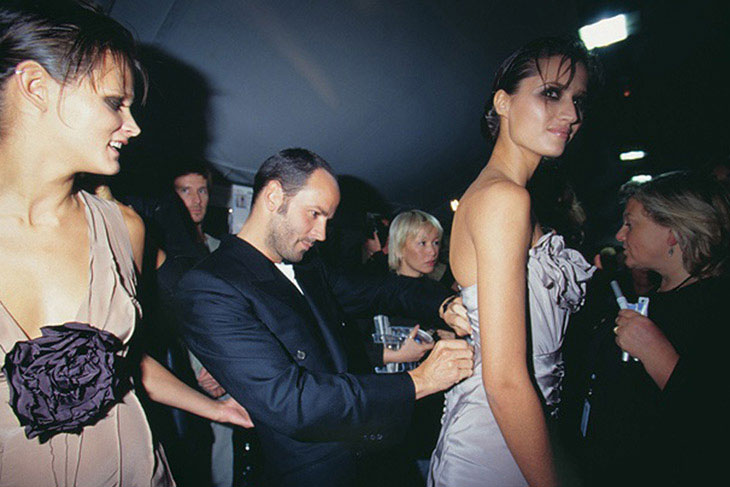
Tom Ford, who took the creative director’s chair after Mello’s departure, gives the brand a sexy look that was not seen in any other fashion show at that time. Contrary to the minimalism trend of the 90s, narrow strap dresses and sexy stilettos are embraced by consumers with great passion.
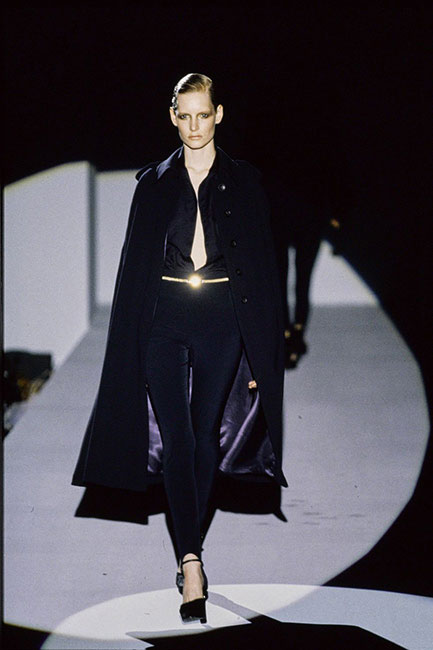
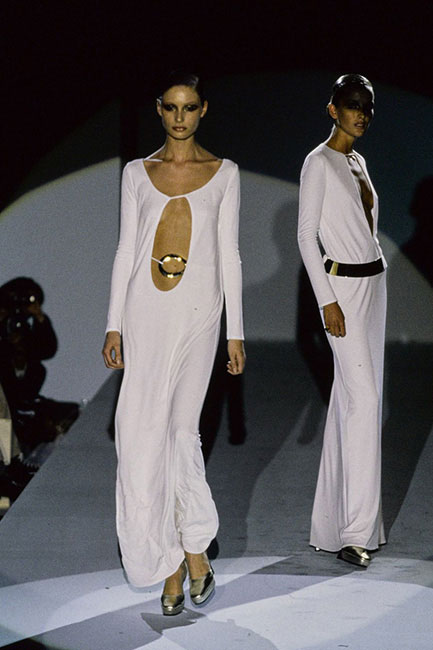
This star designer starts working with fashion geniuses of the next generation; Carine becomes her stylist and Mario Testino becomes her photographer of choice. Together, this trio does a lot of scandal and skin-opening jobs in high fashion advertising.
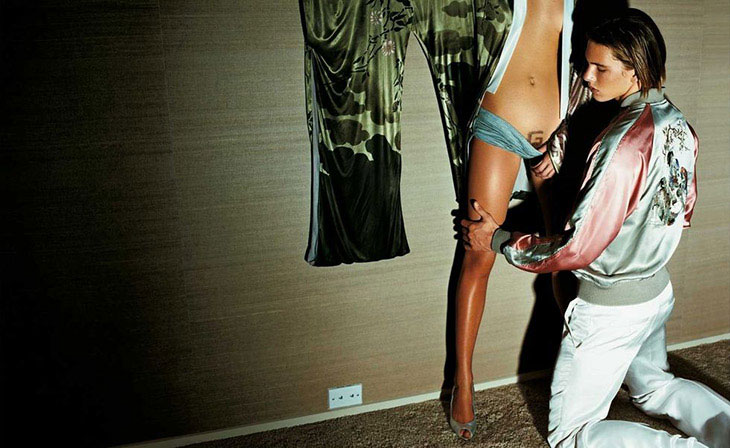
Perhaps the team’s most popular work is Carmen Kloss’s shoot with the male model, which reveals her G-shaven shaved pubic hair. Under Ford, the term ‘sex sells’ becomes a reality in its entirety; Gucci increases its sales to $10 billion. However, in 2004, the Pinault Printemps Redoute agency’s attempt to buy the brand caused Ford to continue on its own.
Lost age
Ford’s departure from the brand due to non-renewal of his contract marks the beginning of a lost era in Gucci’s timeline as well. Head of women’s collections, Alessandra Facchinetti parted ways with the brand in 2005 after two seasons of success. With her farewell, eyes are turned to Frida Giannini, who has been working within the brand since 2002. Giannini, who became the head of the bag department at the age of 24, celebrates his success in the department as the creative director.
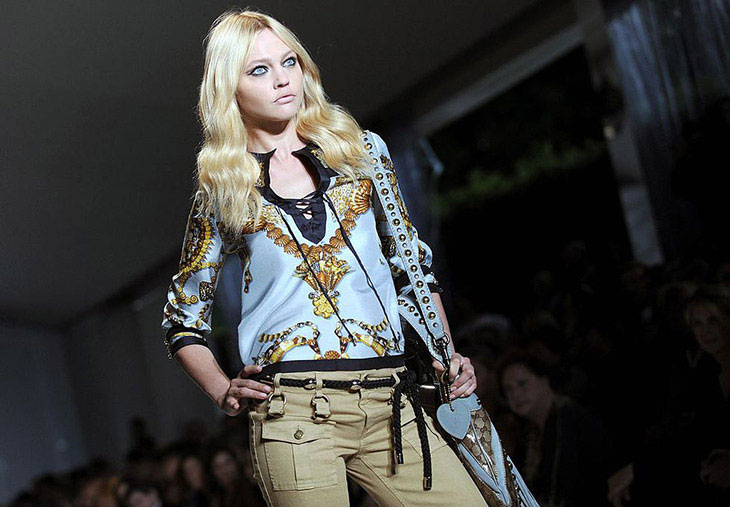
Abandoning Ford’s sexy looks, Gianni takes the brand’s obvious codes as a guide. The iconic Flora pattern is adapted to different designs and the Bamboo Bag is reinterpreted.
Giannini’s times are mostly remembered for his dramas. In 2011, it is revealed that he had a two-year relationship with then-Gucci CEO Patrizio di Marco; The couple decides to get married in 2013 when their child, named Greta, is born.
Again, this period is immortalized with The Director documentary, which follows Giannini for 18 months. Although Giannini’s approach is interesting for a while, his collections become ordinary after a while and the sales momentum of the brand begins to decline. This period, which started in 2005 and is faint in terms of brand identity, ends in 2014.
Alessandro Michele: Colourful, romantic, poetic and magical
The way you dress is an expression of what you feel, what you experience, what you read, and your choices. It is precisely this understanding that I want to embed in Gucci.
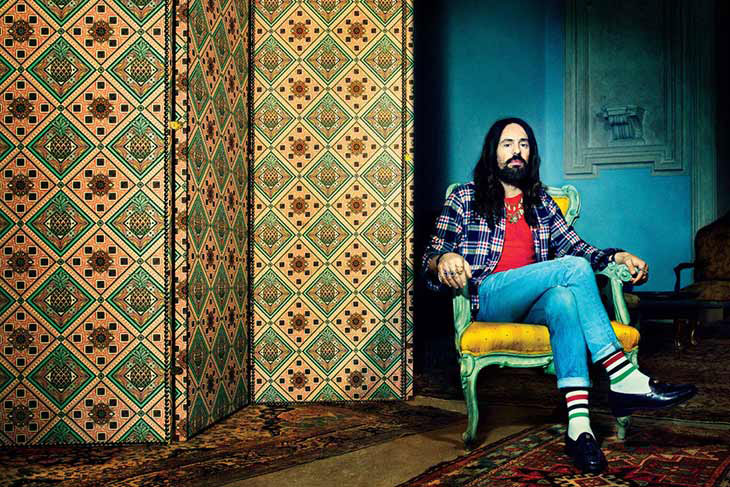
When Gucci announced the takeover of Alessandro Michele in 2015, it was widely believed that little recognition would be a problem for such an important role. Still, having worked for the company for 12 years, Michele was ready to get down to business.
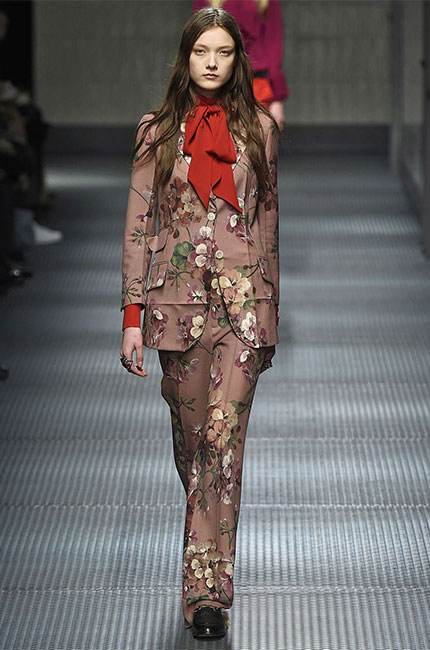
Michele’s first task was to completely redesign Giannini’s latest men’s collection, five days before the Fall/Winter 2015 fashion shows start. A month later, she showcased her first women’s clothing collection in Milan, and instantly drew all the spotlights.
Vintage is my vocabulary, just like a musician’s notes.
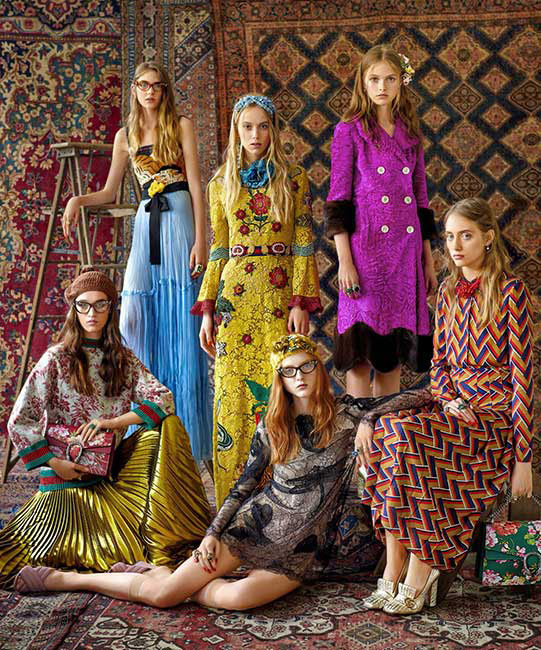
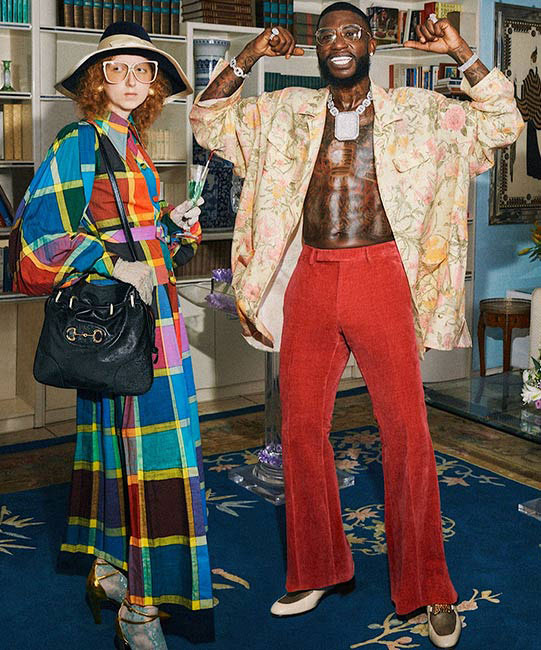
In the four years since becoming creative director, Michele has transformed Gucci into a maximalist dream, thanks to her theatrical imagination and her correct understanding of the relationship to the next generation. Crystals, frills, vibrant color palettes, baby dragons and fake heads… These traditional brand icons mixed with endless pop culture references have made Gucci a desirable brand again.
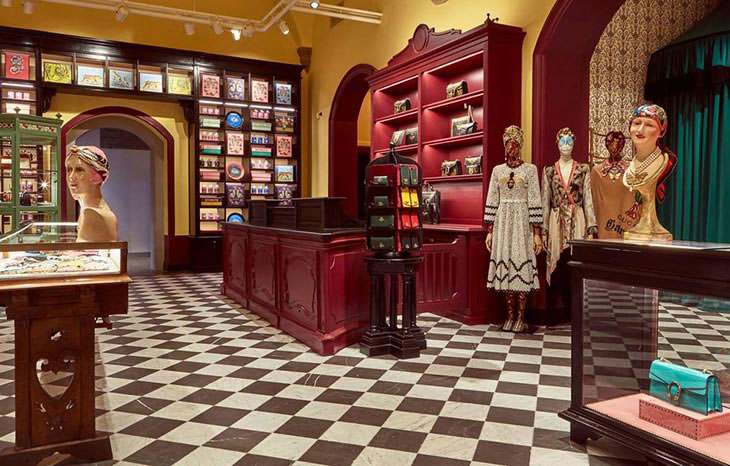
So much so that Michele, who constantly thinks one step ahead and is in a constant creation, brought Gucci Garden to life as a homage to the brand’s past. Opened in Florence’s historic Palazzo della Mercanzia, the boutique is a museum that traces the roots of Gucci and traces its past. Gucci Garden, where the rich history of the Italian brand is built, is an extraordinary proof of the intertwining of the past and the present.
The future is not interesting to me; because the future hasn’t happened yet. I’m all about the contemporary.
Celebrities wearing Gucci
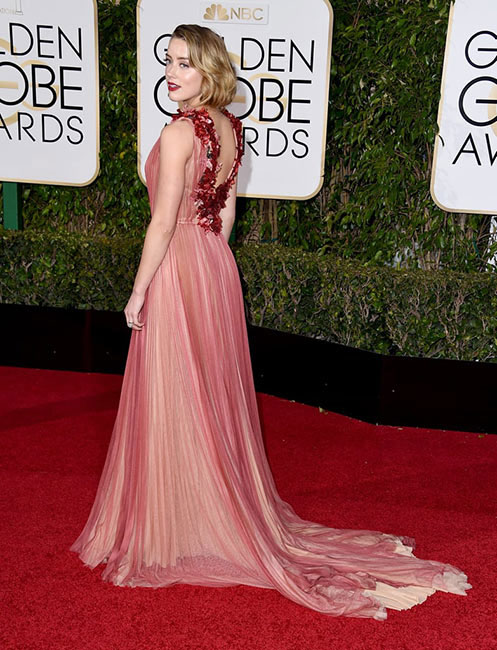
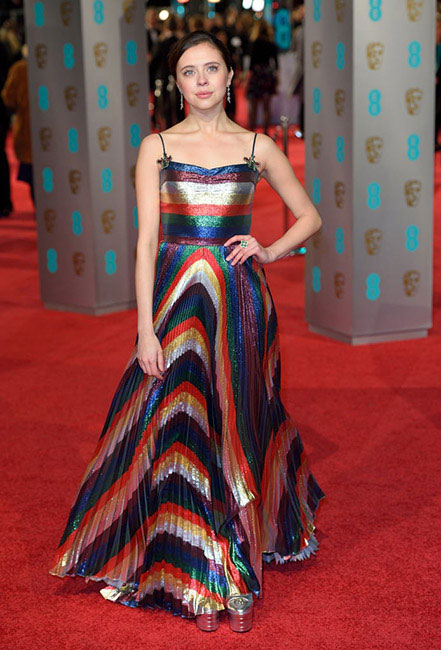
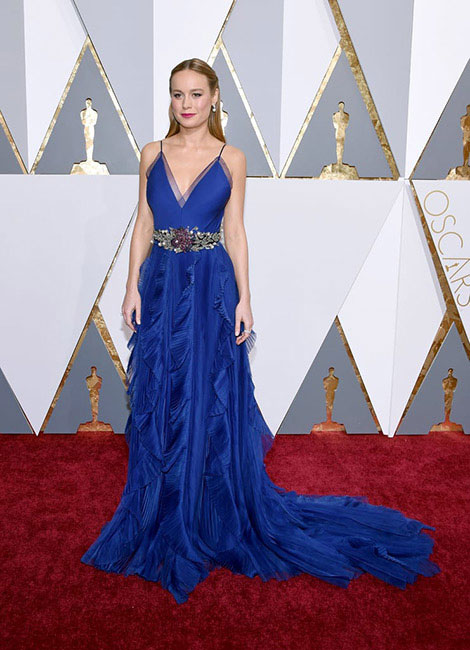
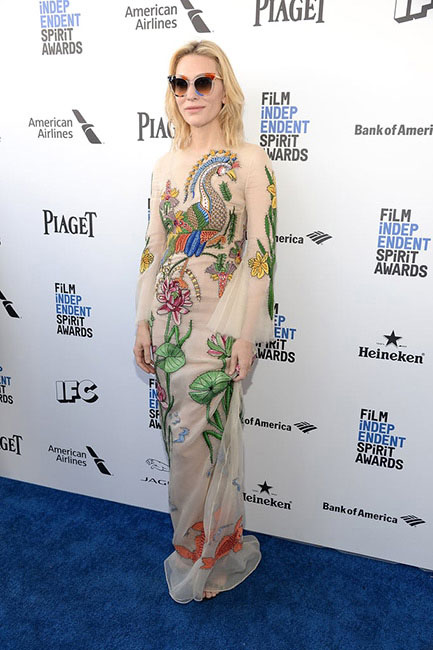
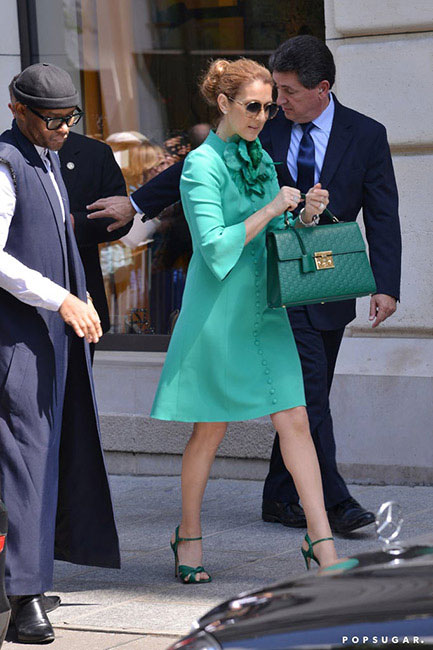
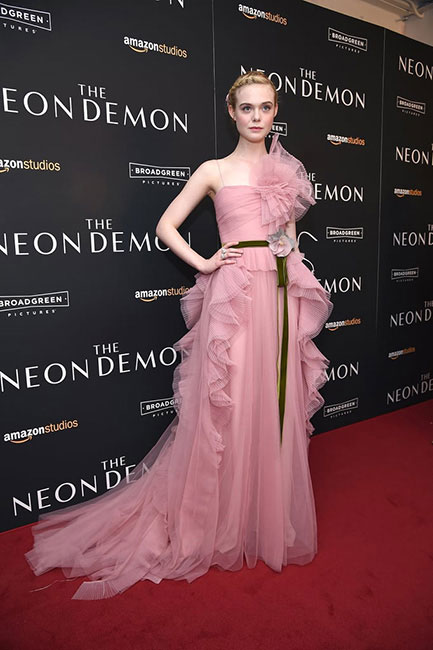
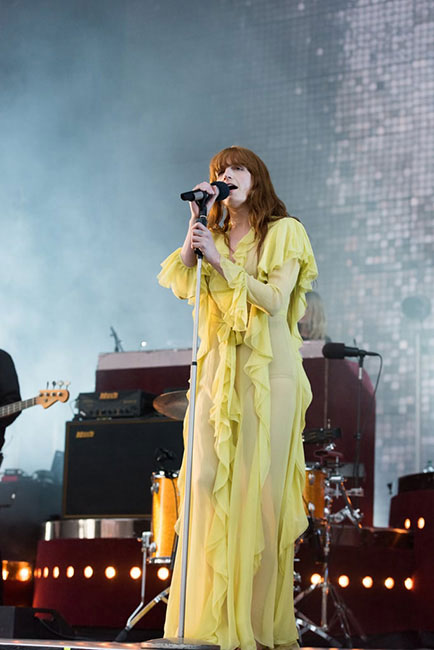
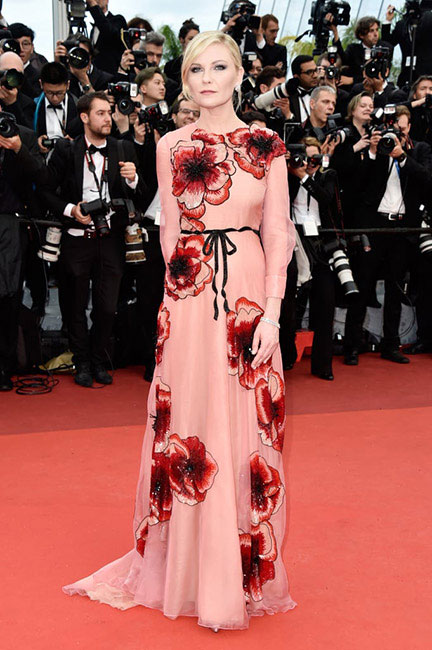
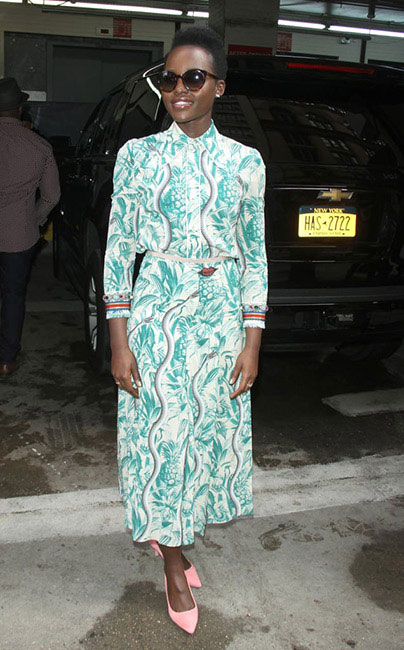
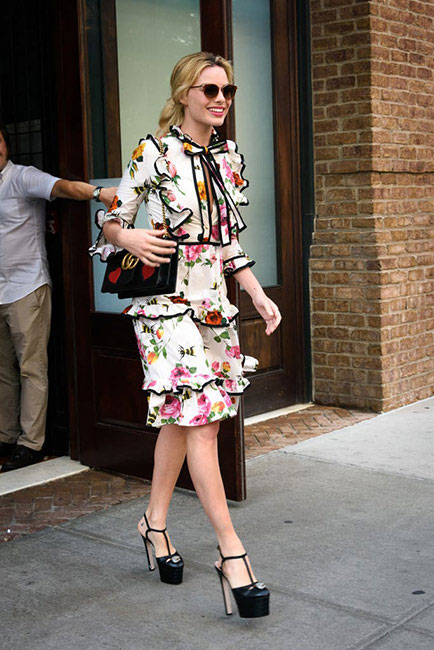
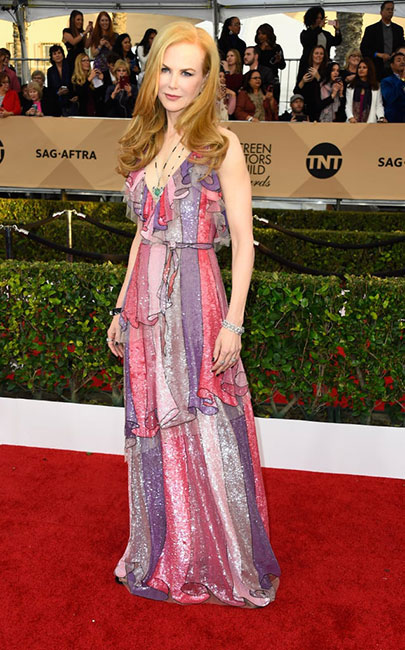
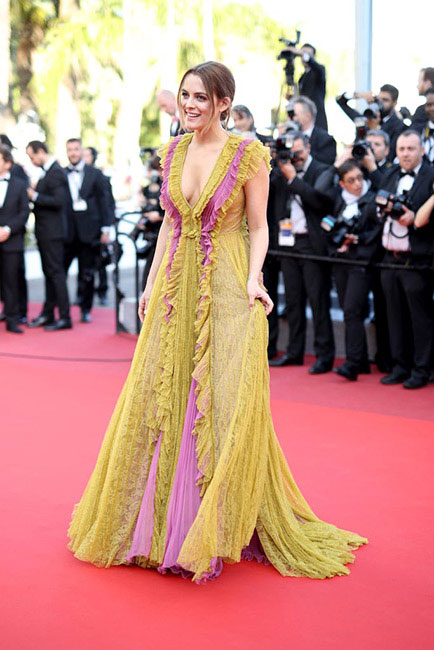
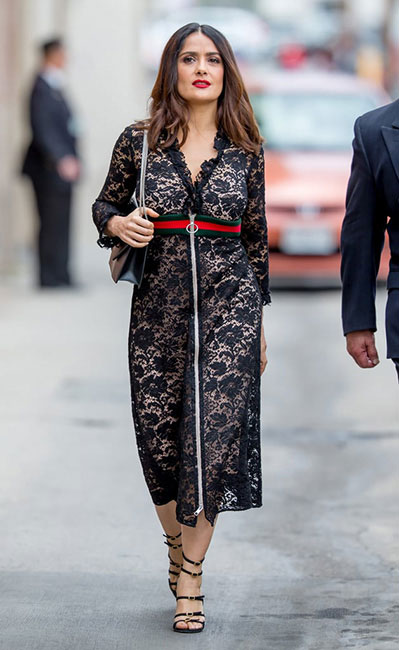
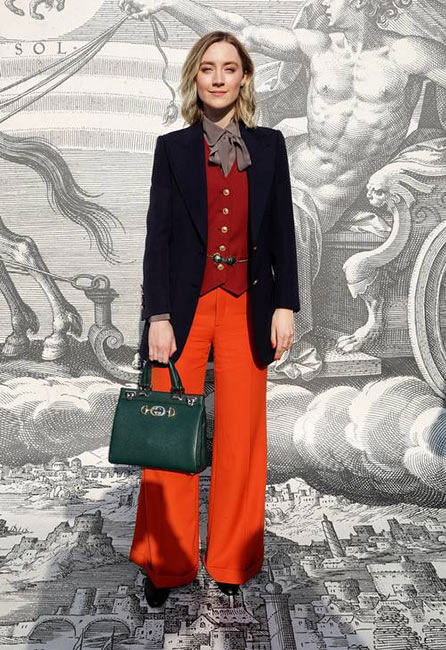
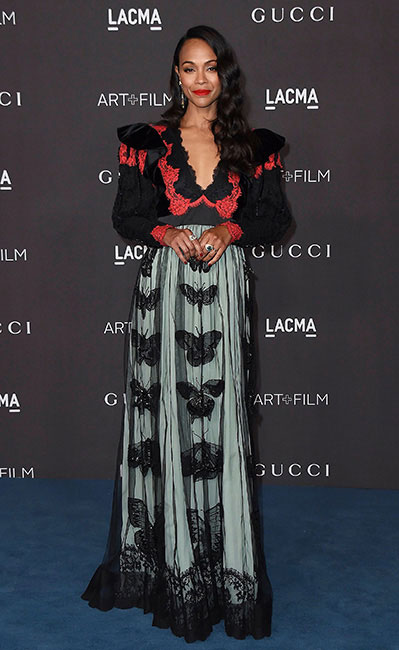
A Brand Story

Leave a Reply